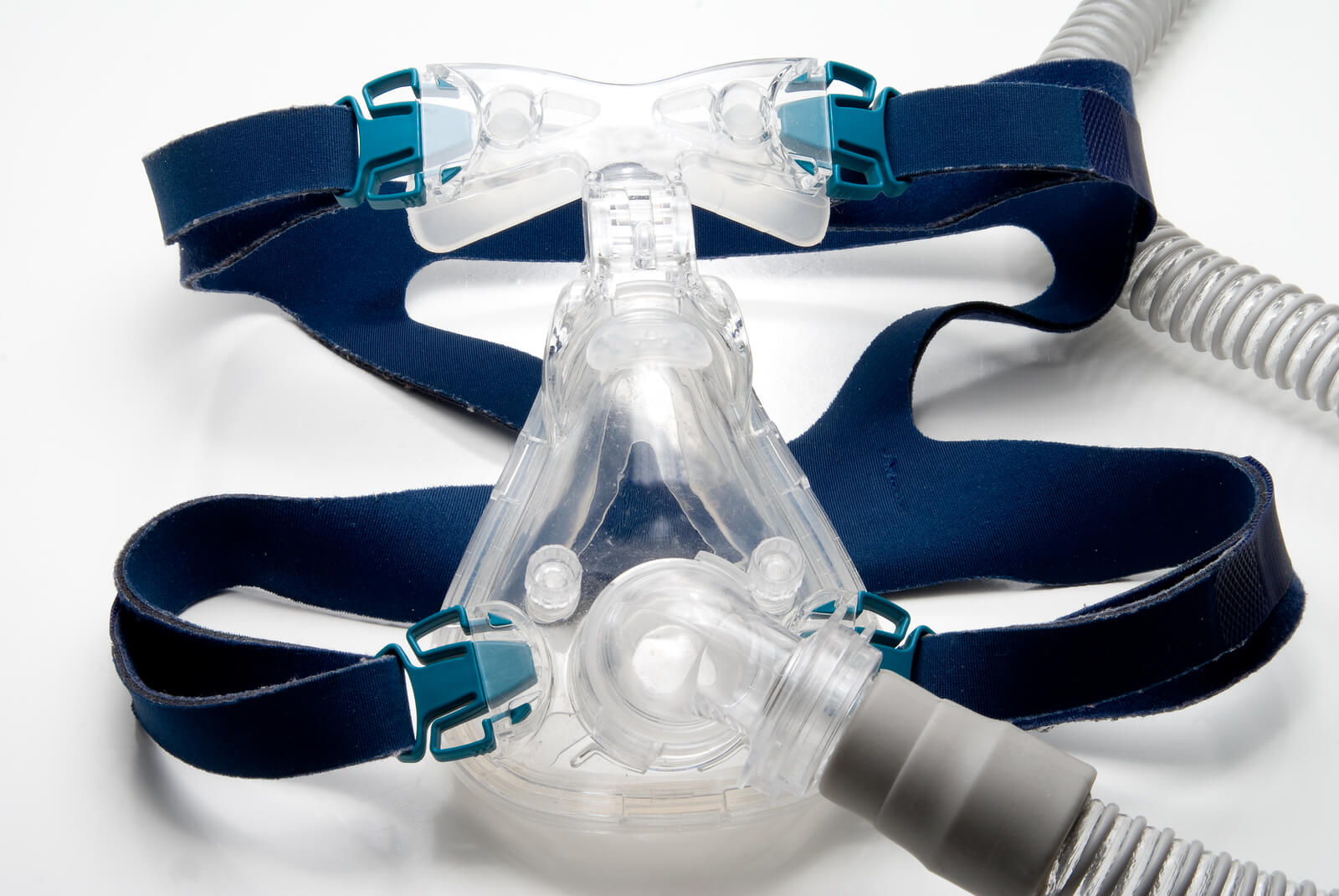Also known as Continuous Positive Airway Pressure, CPAP is often needed to treat some moderate to severe cases of sleep apnea. A mask is used to help air into the nose and mouth so that breathing does not stop, and in most cases, sleep apnea can be successfully treated with this very popular way of keeping airways open. In addition to treating sleep apnea, it is also used to treat preterm infants who have underdeveloped lungs.
Basically, CPAP masks use mild air pressure to keep breathing airways unobstructed and involves using a machine no bigger than shoebox that includes a mask to fit over the nose and mouth, as well as a tube that connects the mask to the machine’s motor, which blows air into the tube. It works by pushing air into the back of the throat where throat tissues collapse during sleep and by ‘splinting’ the airway open allowing for inhaling and exhaling of air.
The level of pressure needed varies by the patient and can be determined by a sleep professional during an initial sleep study. Many CPAP machines even have the option for “ramp time,” meaning that the machine has the ability to start at a low pressure when it is turned on, and slowly increase the pressure until it reaches the patient’s prescribed level of pressure– this makes the pressure more tolerable for some patients, allowing for a chance to get used to the increasing pressure.
Main Parts of CPAP
There are three basic parts that make up a CPAP machine are:
• Motor: Brings in air from the room to pressurize according to your pressure setting. The air is room temperature, and some machines have a water tank to moisturize the air. The motor also includes a filter to remove impurities from the air and most run rather quietly and will not interrupt sleep.
• Hose: The pressurized air then moves from the motor, through the connected hose to the mask.
• Mask: CPAP masks fit snug on the face, moving pressurized air into your airway and lungs continuously to prevent any collapse or obstruction.
Side effects of CPAP treatment include congestion, runny nose, dry mouth, or nosebleeds. There can also be stomach discomfort or bloating, as well as irritation from wearing the mask. It is important to clean the mask and tube on a daily basis and to refill the medical device prescription at the right time to replace the mask and tube to ensure the treatment continues to work.
Most people find CPAP masks to be comfortable and adjust well to wearing it each night while they sleep. They also begin noticing immediate improvements after starting, such as better sleep quality, reduction or elimination of snoring, and less daytime sleepiness. Equally important are the long-term benefits that are not as noticeable, such as helping to prevent or control high blood pressure, lowering risk for stroke, and improving memory and other cognitive function.
Getting CPAP
Continuous Positive Airway Pressure can be purchased from various Durable Medical Equipment providers specializing in sleep disordered breathing. There are also several online retailers of PAP, although most do not participate with insurance companies and require patients to submit a bill to the insurance company to request reimbursement.
Whether you’re still thinking about treating your sleep apnea problems with CPAP masks or have already opted to seek treatment from the device, the experts at Sleep MD NYC can be your go-to resource for all sleep-related needs. Contact Dr. Shukla today to get the help and care you deserve.


